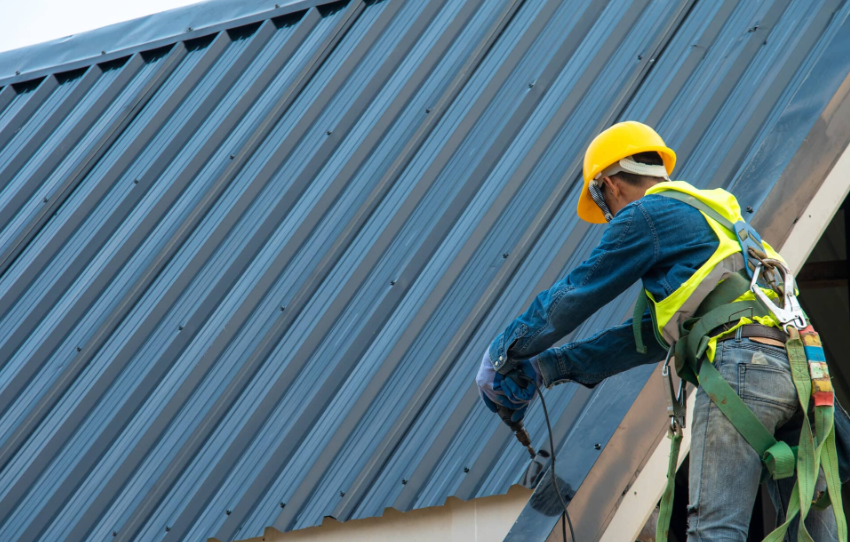The Installation Process of Zinc Roofing
Zinc roofing is increasingly becoming a preferred choice for many homeowners and architects due to its durability, eco-friendliness, and aesthetic appeal. Installing this type of roofing material can seem daunting at first, but with the right knowledge and preparation, it can be executed smoothly. In this blog, we’ll explore the step-by-step process involved in installing the roofing, ensuring you have all the necessary information for a successful installation.
Understanding Zinc Roofing
Before diving into the installation process, it’s critical to understand what makes zinc an excellent roofing material. Zinc is a natural, durable metal that develops a patina over time, protecting it against corrosion. This characteristic prolongs its lifespan, often outlasting the very structure it covers. Moreover, zinc is 100% recyclable, making it an eco-friendly option for those looking to reduce their environmental footprint.
Preparation
Installation begins long before the actual physical work. The preparation stage involves measuring the roof area, determining the amount of material needed, and acquiring the right tools and safety equipment. It’s also crucial to check local building codes and regulations to ensure compliance.
Sheathing and Underlayment
Once you’re ready to start, the first step is installing a solid sheath over the roof structure. This sheath acts as the foundation for your zinc roofing and provides an additional layer of protection for your home. Following this, a high-quality underlayment should be laid over the sheath. This is vital for water resistance and adds another layer of insulation.
Panel Installation
With the base properly prepared, it’s time to start laying the zinc panels. Starting from the bottom edge of the roof, each panel is carefully measured, cut to size, and then fixed into place using a clip system. This method allows for thermal expansion and contraction, which is essential due to zinc’s natural properties.
The installation should proceed upwards, with each successive panel overlapping the one below it, ensuring a watertight seal. The edges of the roof require special attention, with flashing installed to prevent water ingress.
Comparing Copper and Zinc
Interestingly, while discussing metal roofing, some homeowners may consider a copper roof due to its similar properties and benefits. Like zinc, copper develops a protective patina and is highly durable. However, zinc usually offers a more cost-effective and equally efficient solution for most roofing projects.
Conclusion
Zinc roofing is a superb choice for a long-lasting, environmentally friendly roof that adds a modern flair to any architectural design. Although the installation process requires careful planning and execution, the result is worth the effort. Following the correct procedures not only ensures that your roof is aesthetically pleasing but also guarantees that it will stand the test of time, protecting your home for many years to come.

